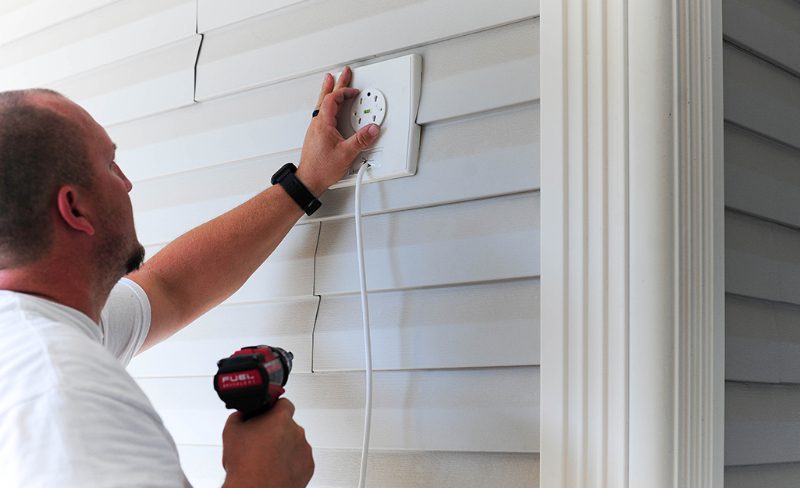
Welcome to the age where peace of mind is prime! With DIY home security, you’re the boss of your fortress!
High-quality cameras, once a commodity limited to professional security services, can now be set up easily and affordably— all while you maintain control and privacy. If you’re looking to fortify your fortress with eyes that never sleep, this guide is your comprehensive introduction to DIY home security systems with cameras.
Understanding DIY Home Security Systems
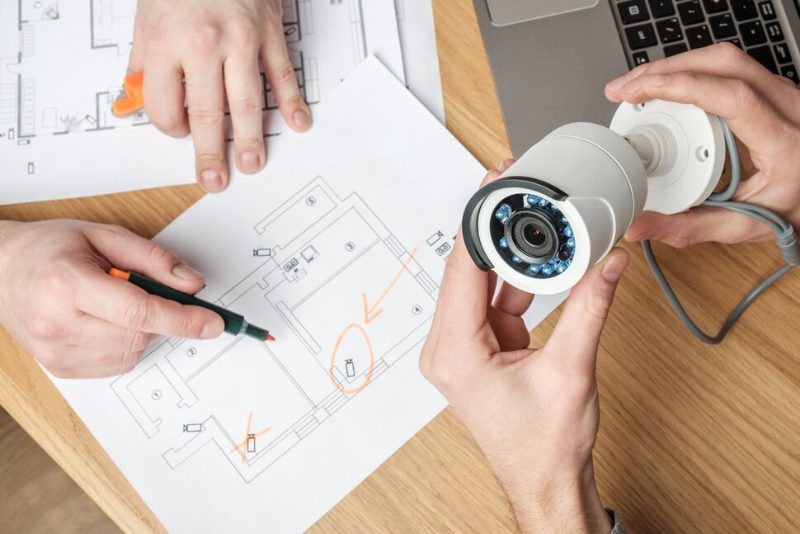
Unlike traditional setups that require professional installation and often come with long-term contracts, DIY systems empower you to be the designer of your own security layout. They offer flexibility in terms of placement, easy scalability, and control right from your smartphone.
How do I Set up a Simple Security System?
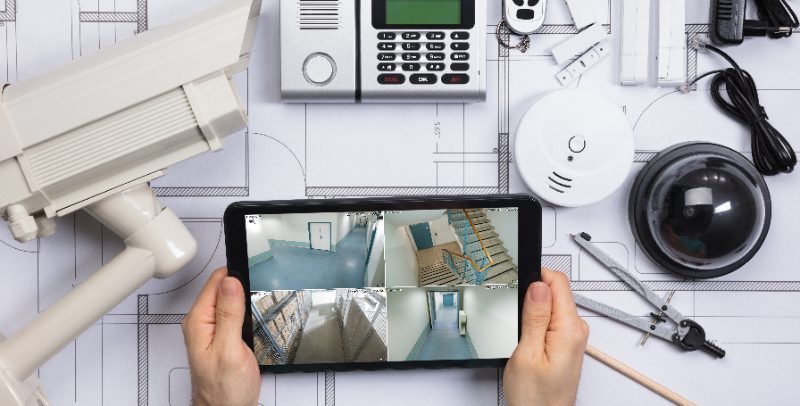
The process is simple and hassle-free. All you need to do is follow some steps, and you’ll be good to go.
The Components
The first step in setting up a security system is understanding its components. A typical DIY home security setup revolves around several key components:
- Cameras: The eyes of your system vary from simple indoor monitors to weatherproof models that can withstand the elements.
- Alarm Systems: Many DIY security systems go beyond just video surveillance, with options for integrated alarms that can deter intruders.
- Sensors: Entry sensors, motion detectors, and glass break sensors keep you informed of any unexpected activity.
- Hub: The central controller of your system, often connecting to the internet and your smartphone app for remote access.
How to Select the Right Camera System – Assessing Your Needs
Before you start shopping, take a hard look at your security requirements. Are you in a high-crime area? Do you have a large property with multiple points of entry? Understanding your needs will influence the kind and number of security cameras you get.
Types of Cameras
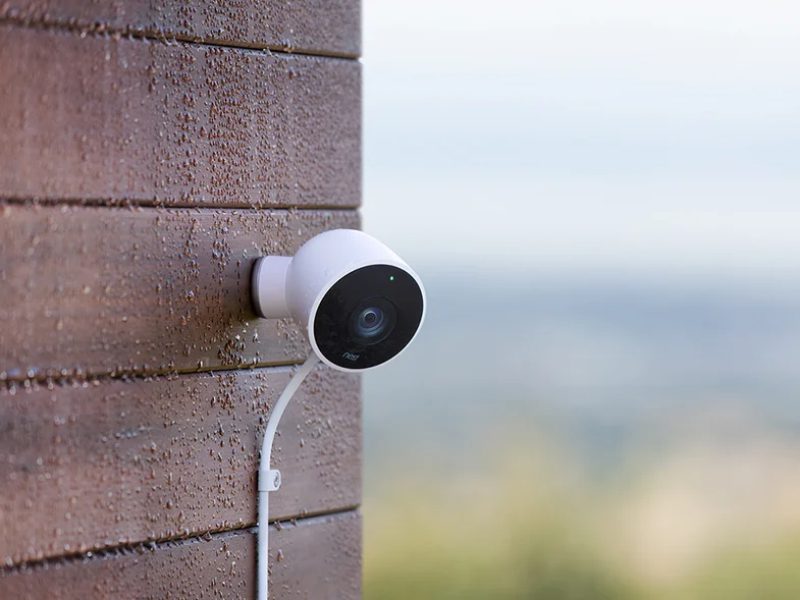
Before you make a decision, you must look into the types of security cameras to rule out which one’s best for you. Here are the three basic types of security cameras that you must know.
Wired: Reliable and robust, wired cameras are known for their uninterrupted power source and data transmission. They are generally more secure but can be complex to install.
Wireless: These cameras are easier to install, thanks to the absence of wires, and can integrate seamlessly into smart home platforms.
Battery-Powered: The most flexible in terms of placement, battery-powered cameras still require occasional recharging or battery replacement.
Setting Up a DIY Home Security System with a Camera
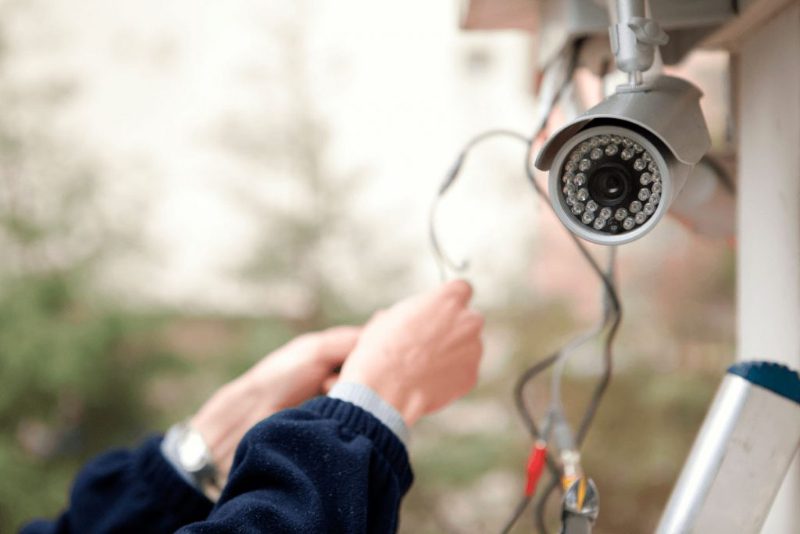
It’s as easy as pie. Just follow the below-mentioned steps carefully and you’ll be finished with the process in no time.
- Strategize Placement: Your cameras are only as good as their placement. The key is to have full coverage of your residence, focusing on high-traffic areas and points of entry.
- Network Considerations: Your cameras will need a stable internet connection to function effectively. Strong Wi-Fi, or even wired network connections, are crucial for smooth performance.
- Power Solutions: With various camera types come different power sources. Ensure you can provide consistent power, whether it’s from a nearby outlet, batteries, or solar, if you opt for a wireless or battery-powered camera.
Praetector is Here to Take Care of All Your Security Needs!
With Pratector’s top-tier DIY home security solutions, you don’t need to worry about the security of your loved ones and your property. Get in touch with us today and let Praetector take care of all your security needs.
